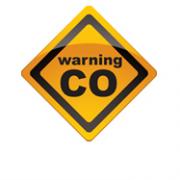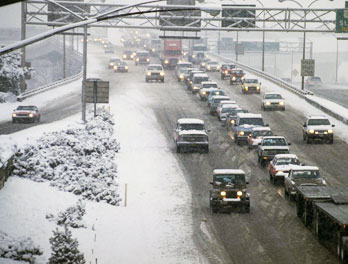Local incidents
Carbon monoxide
 Carbon monoxide (CO) is a highly poisonous gas which is impossible to see, taste or smell. Anyone who uses an appliance that burns a fossil fuel including gas, oil and coal, as well as peat and wood, is potentially at risk from carbon monoxide poisoning.
Carbon monoxide (CO) is a highly poisonous gas which is impossible to see, taste or smell. Anyone who uses an appliance that burns a fossil fuel including gas, oil and coal, as well as peat and wood, is potentially at risk from carbon monoxide poisoning.
Aside from deaths, many more people may suffer lasting damage to their health by lower level exposure to CO. This causes a series of flu-like symptoms, such as headaches, nausea, breathlessness, dizziness, collapse and loss of consciousness, to more serious conditions such as nerve damage, memory loss and personality change.
The PHA has responded to a number of incidents recently in relation to CO poisoning and issued several media statements. A letter was also sent to acute hospitals and primary care from the CMO (HSS MD 45/2010) in December 2010 urging HSC staff to remain vigilant to ensure recognition and prevention of further CO poisonings. The letter contains useful information about the risks of CO poisoning, how to avoid them, and how to recognise those affected.
The PHA in conjunction with the HPA in England also adapted a HPA algorithm for HSC professionals on how to diagnose and manage cases of CO poisoning. In November 2010, there was PHA input to the Health & Safety Executive’s advertising campaign, Watch Out: Carbon Monoxide Kills
Severe weather
 The winter of 2010 saw the longest spell of snow and subzero temperatures in Northern Ireland for many years. Staff within the PHA responded to the unfolding ‘rising tide’ emergency with HSCB, Trust and DHSSPS colleagues to mitigate any risks to the health and wellbeing of the public.
The winter of 2010 saw the longest spell of snow and subzero temperatures in Northern Ireland for many years. Staff within the PHA responded to the unfolding ‘rising tide’ emergency with HSCB, Trust and DHSSPS colleagues to mitigate any risks to the health and wellbeing of the public.
Daily conference calls were held with the Trusts, primary care and multi-agency partners. Specialist health protection advice was issued to the public throughout the incident:
Reduce the risk of harm in the cold weather
